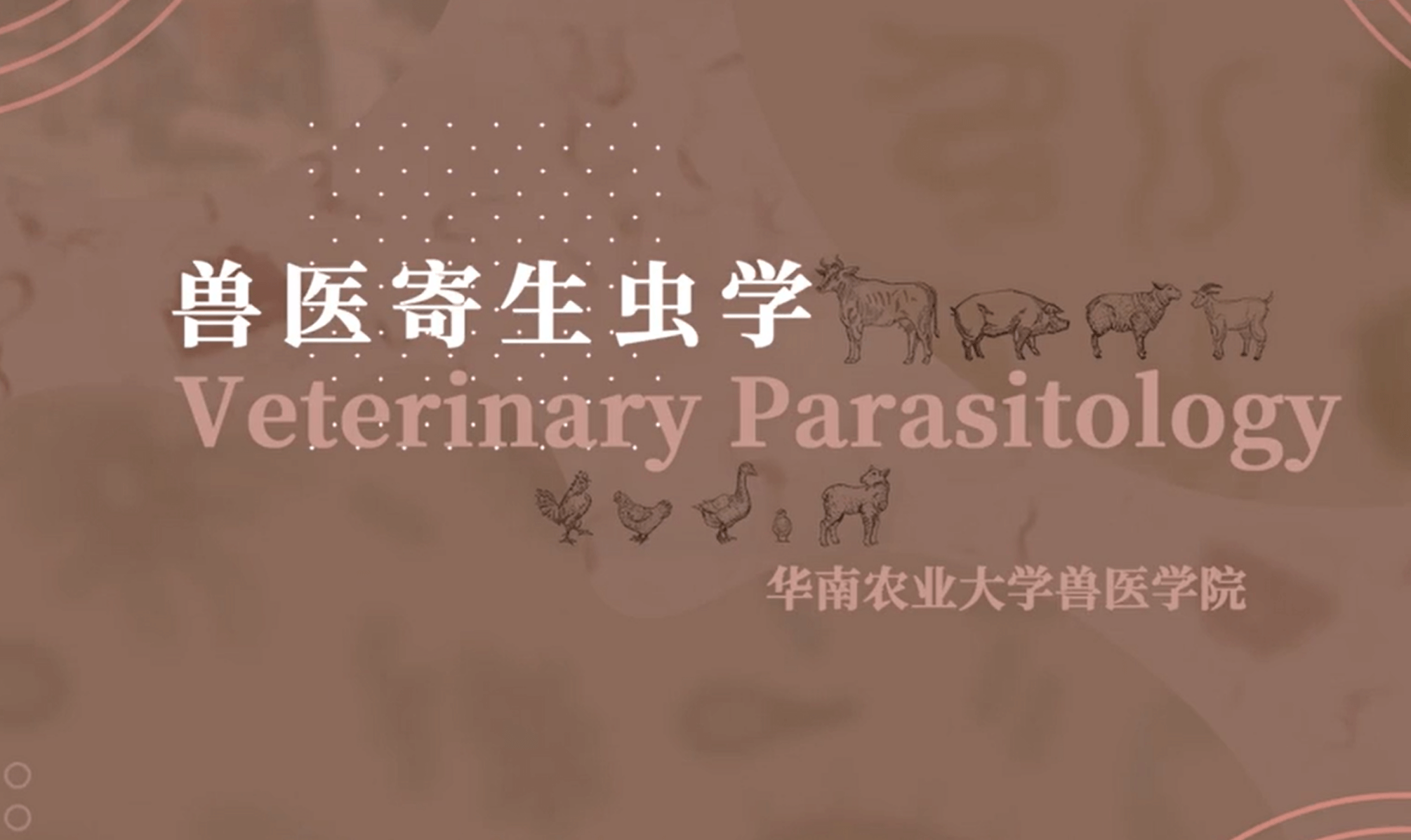
当前课程知识点:3ds Max: A Quick Start from Zero to One > Chapter 4: Texture > 4.2.1 How to Open the Material Editor? > 4.2.1
返回《3ds Max: A Quick Start from Zero to One》慕课在线视频课程列表
返回《3ds Max: A Quick Start from Zero to One》慕课在线视频列表
4.2.1
材质编辑器打开的方法
大家好
从这一讲开始
就为你介绍
为模型添加材质的方法
在3ds Max中
为模型添加材质
就必须要借助一个小工具
材质编辑器
材质的调节与编辑
就要靠它了
一 材质编辑器
种类有两个
3ds Max中
内置了两种材质编辑器
精简材质编辑器
和Slate材质编辑器
精简材质编辑器
精简材质编辑器
是3ds Max
最经典的材质编辑工具
其中包含
各种材质的快速预览
如果想节约预览时间
或使用已经准备好的材质
那么精简材质编辑器
会是一个不错的选择
Slate材质编辑器
3ds Max 2010版本后
加入了新的节点式
Slate材质编辑器
通过将具有各种功能的节点
以串联的形式进行搭配
实现材质效果
该Slate 材质编辑器
解决了早前精简材质编辑器
只能容纳24个材质的限制
以节点树的形式
通过相互链接组合后
创建出不一样的材质
和贴图效果
由于Slate 材质编辑器
功能强大
使用方便
后续课程
我们就用它来讲解吧
二
材质编辑器
小面板大用处
点击主工具栏图标
或使用M键
就可以打开
材质编辑器
可以说
材质编辑器
就像你的调色盘
所有材质的调节
和融合工作
都将在这里完成
我们来认识一下它们吧
材质编辑器
最上方的是材质菜单栏
提供了编辑器的切换
材质管理
窗口显示等功能
菜单栏下方的是工具栏
可以让我们提取场景材质
为模型赋予材质
和显示贴图等功能
中间便是
材质创建与编辑区了
左边是材质库
各类丰富的材质
和贴图节点就存放在这里
将他们拖出来就可以用了
中央视图区
是材质的集聚地
在这里
可以将材质
和贴图节点相互组合
擦出新的火花
材质参数编辑器就在右边
使劲的双击节点
就会变出材质的编辑参数
通过设置和调节参数
就可以实现材质效果了
视图导航栏
位于材质编辑器的右下角
用于控制编辑区的视口显示
一般很少用
三
添加材质节点
让模型变个样
材质的创建方法很简单
在材质 贴图浏览器中
找到所需节点
将其拖入到材质视图区
就创建好材质了
当然
也可以在视图的空白处
使用右键
从材质和贴图库进行创建
两种方法结合使用
会更方便哦
此时
从节点右侧的输出通道中
拖出指定线
将其指定给对象
就可以赋予材质
当然
如果你不想那么累
将鼠标放到材质节点上
当材质边缘亮起白色线
就证明选择了该材质
右键
将材质指定给选择对象
可以达到同样的效果
偷偷告诉你一个小技巧
选择模型
选择节点后
使用A键更方便
学会了添加节点
那如何调节材质参数呢
回到材质编辑器
重重的双击材质节点
当边缘被虚线包围时
就可以修改参数喽
改改材质名称
修改下材质的颜色
调整下高光什么的
效果立马在视口中呈现
如果不想要材质怎么办呢
使用Delete键
就可以和它say byeby
当然
这只是让它在视图中
暂时消失
用小吸管
还可以将它找回来
如果要真正删除
模型上的材质
看到命令面板中的小扳手没
在实用程序中找到UVW移除
选择模型
点下移除材质就可以了
其实
材质编辑器里还有很多功能
资源区里为大家
提供了一份材质说明
赶快打印出来
进行详细了解吧
是不是又一次
感受到了贴心的服务呢
今天
这一讲就到这里
-Fast Understand of 3ds Max,Starting Your Virtual Journey
--Preface
-Preface
-1.1 How to get 3ds Max
--1.1 02
-1.1
-1.2 Introduction to the Interface of 3ds Max
--1.2 01
--3ds Max
-1.2
-1.3.1 Project Preparation 1: Set Up Project Folder
--1.3.1
-1.3.1
-1.3.2 Project Preparation 2:Initialization Settings
--1.3.2
-1.3.2
-1.4.1 Opening and Saving Files
--1.4.1
-1.4.1
-1.4.2 Basics Operation
--1.4.2
-1.4.2
-1.4.3 Advanced Operation
--1.4.3
-1.4.3
-1.5 General Hotkeys
--1.5
-1.5
-1.6 Creating Geometric Primitives
--1.6
-1.6
-2.1 3D Modeling Overview
--2.1
-2.1
-2.2 Three Useful Modeling Methods
--2.2
-2.2
-2.3 Boolean Modeling
--2.3
-2.3
-2.4.1 Spline Modeling 1:Spline Modeling Overview
--2.4.1
-2.4.1
-2.4.2 Spline Modeling 2: Modeling From a Spline
--2.4.2
-2.4.2
-2.4.3 Spline Modeling 3:How to Edit Spline Objects
--2.4.3
-2.4.3
-2.5.1 Polygon Modeling 1:Polygon Modeling Method
--2.5.1
-2.5.1
-2.5.2 Component Selection Techniques
--2.5.2
-2.5.2
-2.5.3 Polygon Modeling 3: 16 Polygon Modeling Commands
--2.5.3
-2.5.3
-2.5.4 Polygon Modeling 4: Subdivision Modeling
--2.5.4
-2.5.4
-2.5.5 Polygon Modeling 5: Attaching and Detaching
--2.5.5
-2.5.5
-2.6.1 Advanced Modeling Skills 1:“Stereoscopic” Modeling Method
--2.6.1 01
-2.6.1
-2.6.2 Advanced Modeling Skills 2:Box Modeling Method
--2.6.2
-2.6.2
-2.6.3 Advanced Modeling Skills 3:Deconstruction Modeling Method
--2.6.3
-2.6.3
-2.6.4 Advanced Modeling Skills 4:Problems to be Considered in Modeling
--2.6.4
-2.6.4
-3.1 Rendering
--3.1 02
-3.1
-3.2.1 Render Your First Work
--3.2.1 02
-3.2.1
-3.2.2 Arnold Render Set Up
--3.2.2 01
-3.2.2
-3.2.3 Introduction to the Arnold Renderer
--3.2.3
-3.2.3
-3.2.4 Arnold Renderer 1: Sampling
--3.2.4 02
-3.2.4
-3.2.5 Arnold Renderer 2: RayDepth and Filtering
--3.2.5 02
-3.2.5
-3.3.1 What is Light?
--3.3.1 02
-3.3.1
-3.3.2 Light and Color
--3.3.2 02
-3.3.2
-3.3.3 Light and Shadow
--3.3.3 02
-3.3.3
-3.3.4 Produces Soft Shadows and Fast Shadow
--3.3.4 02
-3.3.4
-3.3.5 Six Types of Lighting
--3.3.5 01
-3.3.5
-3.4.1 Arnold Light Types
--3.4.1 01
-3.4.1
-3.4.2 Arnold Light Parameters
--3.4.2 01
-3.4.2
-3.4.3 Color Temperatures and White Balance
--3.4.3 01
-3.4.3
-3.5.1 Three-point Lighting Method
--3.5.1
-3.5.1
-3.5.2 Indoor Light Lecture 1: Make a Simple Night
--3.5.2
-3.5.2
-3.6.1 Advanced Skill 1:Rendering Tips
--3.6.1
-3.6.1
-3.6.2 Advanced Skill 2:The Normals and the Smooth Group
--3.6.2
-3.6.2
-4.1 Learn About This Chapter in Four Minutes
--4.1
-4.1
-4.2.1 How to Open the Material Editor?
--4.2.1
-4.2.1
-4.2.2 Using Physical Materials
--4.2.2
-4.2.2
-4.2.3 Three Assistants of the Material
--4.2.3
-4.2.3
-4.2.4 Create a Simple Material
--4.2.4
-4.2.4
-4.3.1 Using maps to Creat Different Looking
--4.3.1
-4.3.1
-4.3.2 Bitmap Node:A Small Node With Virtues
--4.3.2
-4.3.2
-4.4.1 UVW Mapping Method 1:Methods of Locking the Map
--4.4.1
-4.4.1
-4.4.2 UVW Mapping Method 2: UV Overlays
--4.4.2
-4.4.2
-4.4.3 Unwrap UVW 1: Basic of Unwrap UVW Modifier
--4.4.3
-4.4.3
-4.4.4 Unwrap UVW 2: Projection
--4.4.4
-4.4.4
-4.4.5 Unwrap UVW Part 3: Powerful UV Editor
--4.4.5
-4.4.5
-5.1 Animation Overvie
--5.1
-5.1
-5.2.1 3ds Max Animation
--5.2.1
-5.2.1
-5.2.2 Making Animation More Interesting Principle 1: Time and Space
--5.2.2
-5.2.2
-5.2.3 Making Animation More Interesting Principle 2: Slow Motion (slow-mo)
--5.2.3
-5.2.3
-5.2.4 Making Animation More Interesting Principle 3: Squash and Stretch
--5.2.4
-5.2.4
-5.3.1 Animation Technique 1: Parent-Child Relationship
--5.3.1
-5.3.1
-5.3.2 Animation Technique 2:Loop Animation
--5.3.2
-5.3.2
-5.4.1 Techniques of Using the Camera
--5.4.1
-5.4.1
-5.4.2 The Safeframe Cannot Be Ignored in the Camera
--5.4.2
-5.4.2
-5.4.3 Camera Movement
--5.4.3
-5.4.3
-5.4.4 Following Shot
--5.4.4
-5.4.4
-6.1 Rendering a VR Panorama With Arnold
--6.1
-6.1
-6.2 Fast Implementation of VR Interaction
--6.2
-6.2
-6.3 Fast Implementation of AR Interaction
--6.3
-6.3
-6.4 Friends of 3ds Max
--6.4
-6.4
-6.5 Self Learning and Improvement Methods
--6.5
-6.5
-6.6 Methods of Obtaining Resources
--6.6
-6.6
-7.1 PBR Technology Introduction
--7.1
-7.2 Toolbag PBR Real-time Rendering
--7.2
-7.3 Substance Painter PBR Painting
--7.3
-Shortfilm Casestudy 1:The Weapon Used in PUBG (PlayerUnknown's Battlegrounds)
--Microfilm Course 1:The Weapon Used in Eating Chicken
-Shortfilm Casestudy 2:Production experience of Classic of Mountains and Seas
--Microfilm Course 2:Production Process of Shanhaijing
-Examination
